Do you have a question about this product?
Ask us your question
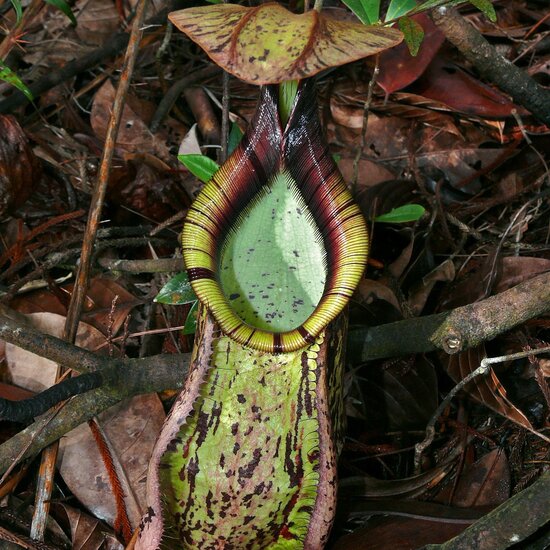
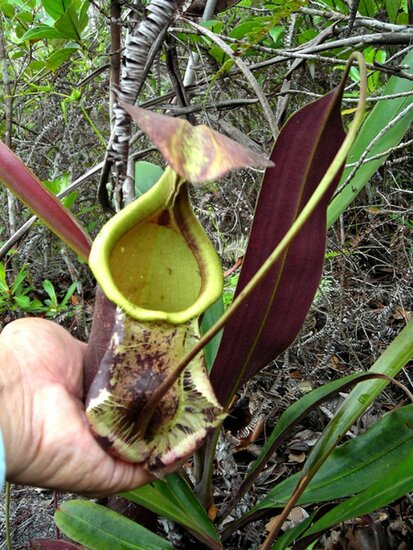
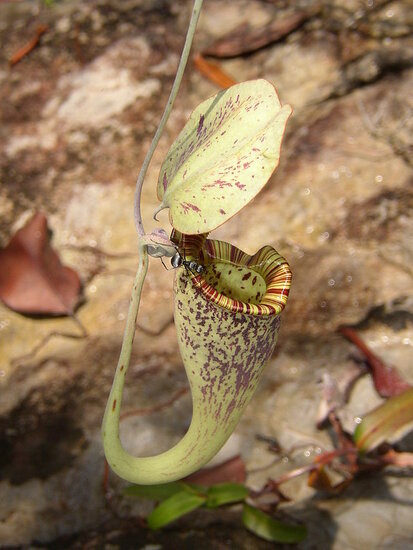
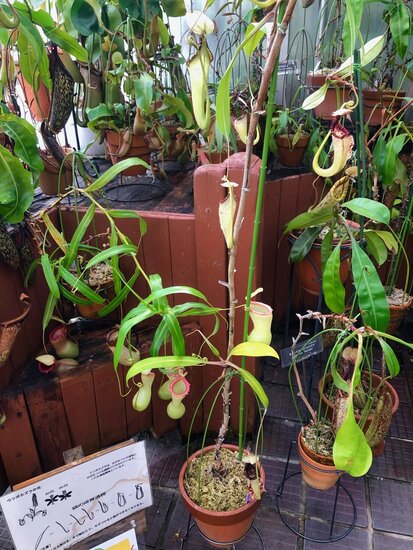
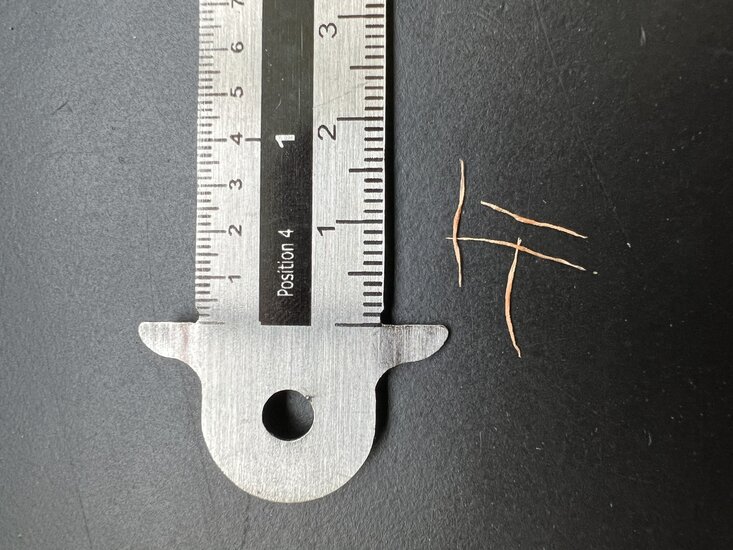





Product description
This carnivorous plant produces pitchers that can grow up to 20 cm in size. Insects are lured by nectar glands, after which they fall through the smooth walls into a bath of digestive enzymes. This is how the plant gets its minerals, which are scarce in its natural range. Originally there are mainly populations in Borneo, but the species also occurs in other parts of Indonesia and Malaysia. It is a lowland species found in the rainforest in open, sandy areas up to an altitude of 1,200 metres. It climbs mainly in trees or over rocks, growing up to 15 metres tall. The pitchers are variable in shape and colour, but are usually light green with purple spots. At the bottom, they are spherical with prominent, toothed wings, and at the top, the cups are narrow and wingless.It is a relatively easy Nepenthes species to keep. Optimal temperature would be between 25 and 30grC with humidity above 70%, but the species can cope well with lower temperatures and humidity. In any case, provide a light spot without direct sunlight, a well-drained wet soil with plenty of organic material (e.g. Sphagnum) and spray the plant regularly with distilled water or rainwater. Tap water contains too many minerals for the roots, making it unsuitable. As a houseplant, the pitchers might not catch enough insects, so it is often necessary to 'feed' the plant. This can be done with mosquitoes, flies and other insects. Depending on the size of the plant, the plant would suffice with 1 insect per day.
Sowing description: Sow the short-lived seeds on Sphagnum moss and spray with distilled or rainwater. Cover completely with foil or glass and place at 26 to 30grC in a bright spot without direct sunlight. Germination after a few weeks to months.
Product specification
Family:
Nepenthaceae
Scientific name:
Nepenthes rafflesiana
Common name:
Raffles' pitcher-plant
Native to:
Borneo
Sowing time:
All year round
Difficulty level:
Challenge
Minimum temperature:
15 degrees Celsius
Do you have a question about this product?
Ask us your question
Product specification
Family:
Nepenthaceae
Scientific name:
Nepenthes rafflesiana
Common name:
Raffles' pitcher-plant
Native to:
Borneo
Sowing time:
All year round
Difficulty level:
Challenge
Minimum temperature:
15 degrees Celsius
Add review
Write a review about this product.
Reviews
No reviews yet



